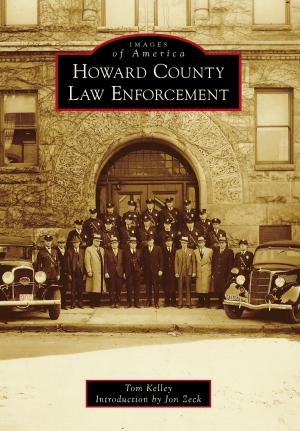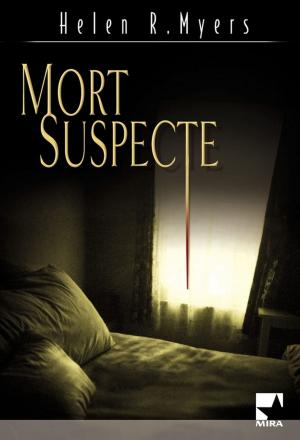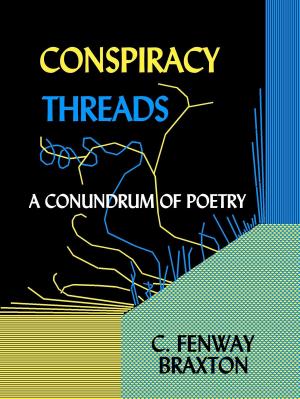| Author: | Lear's Shadow | ISBN: | 9781896260815 |
| Publisher: | Lear's Shadow | Publication: | January 1, 2012 |
| Imprint: | Language: | English |
| Author: | Lear's Shadow |
| ISBN: | 9781896260815 |
| Publisher: | Lear's Shadow |
| Publication: | January 1, 2012 |
| Imprint: | |
| Language: | English |
The strangeness of Columbine, an interpretation develops further the methods and perspective of the website Lear’s Shadow, that was active from 2000 to 2006 in exploring Columbine’s “iconic profile.” There is no repetition of Lear’s Shadow’s website content. Rather The strangeness of Columbine follows threads introduced by some of Columbine’s anomalies that have not been examined previously, including a few that surfaced in the July 6, 2006 release of documents by the Jefferson County Sheriff’s Office. In particular, The strangeness of Columbine explores a dimension of the event that has been neglected by both journalists and authors: the distinctiveness of place. This is introduced on the cover via a NASA photograph made on October 26, 2001 by the MODIS sensor on the satellite Terra, and used within the terms on the NASA website. The exploration of Columbine’s strangeness in terms of place also includes, as integral to its method, both a selection of the author’s photographs of related sites in Jefferson County, Colorado, and reference to works by several earlier authors. Three of these figure prominently enough to justify a chapter heading, one for each of the e-book’s three parts: Bill Watterson (Calvin and Hobbes, 1985-95), Fitz Hugh Ludlow (The Heart of the Continent, 1863-70), and Stephen King (The Shining, 1977-97, with adaptation by Stanley Kubrick in 1980). The point of these comparisons is to recognize, in the context of a record that includes the writings of Eric Harris, Dylan Klebold, and Rachel Scott, as well as the suicide and attempted suicide of two young Australian women on November 15, 2010 near Columbine High School, what appear to be gateways into patterns worth considering. Among these gateways is a time tunnel, opened initially via Ludlow’s meticulous description of a visit to the future area of Columbine on June 10, 1863, into an earlier vortex of Colorado history, that culminated most indelibly on November 29, 1864 in the Sand Creek Massacre. Documentation of the lead-up to and aftermath of this massacre, as well as of the massacre itself, suggests a manifold texture of similarity and reversal between it and Columbine, as two events of utmost violence and brutality whose vortices developed over time in the same region; whose culminating horror was peculiarly theatrical; and whose repercussions were profound. The terms of this comparison point to a number of things: among them a working concept toward a better understanding of Columbine’s resonance; a previously unexamined set of plausible factors in the lead-up to Sand Creek; a different vocabulary in regard to “place”; and, perhaps, a different level of misapplication of the term “psychopath” to Eric Harris. The strangeness of Columbine’s three parts, that would each be just over 100 pages long were this a paginated book, are: Part One, in eight chapters: “Columbine (1999 / 2010)”. Part Two, in six chapters: “Sand Creek (1863-64)”. Part Three, in seven chapters: “Jefferson County (2001)”. There is also a Preface that includes a detailed road map of how these chapters develop, including the transitions from each part to the next. This Preface can be read free of charge at the re-activated Lear’s Shadow (http://home.eol.ca/~dord). The strangeness of Columbine, an interpretation developed out of the author’s long-held contention that Columbine was not just another news event among news events. It also developed out of his more recent realization that there has at least to be available, whether it is widely read or not, an account that recognizes and admits the elements of strangeness associated with Columbine, and seeks to understand them.
The strangeness of Columbine, an interpretation develops further the methods and perspective of the website Lear’s Shadow, that was active from 2000 to 2006 in exploring Columbine’s “iconic profile.” There is no repetition of Lear’s Shadow’s website content. Rather The strangeness of Columbine follows threads introduced by some of Columbine’s anomalies that have not been examined previously, including a few that surfaced in the July 6, 2006 release of documents by the Jefferson County Sheriff’s Office. In particular, The strangeness of Columbine explores a dimension of the event that has been neglected by both journalists and authors: the distinctiveness of place. This is introduced on the cover via a NASA photograph made on October 26, 2001 by the MODIS sensor on the satellite Terra, and used within the terms on the NASA website. The exploration of Columbine’s strangeness in terms of place also includes, as integral to its method, both a selection of the author’s photographs of related sites in Jefferson County, Colorado, and reference to works by several earlier authors. Three of these figure prominently enough to justify a chapter heading, one for each of the e-book’s three parts: Bill Watterson (Calvin and Hobbes, 1985-95), Fitz Hugh Ludlow (The Heart of the Continent, 1863-70), and Stephen King (The Shining, 1977-97, with adaptation by Stanley Kubrick in 1980). The point of these comparisons is to recognize, in the context of a record that includes the writings of Eric Harris, Dylan Klebold, and Rachel Scott, as well as the suicide and attempted suicide of two young Australian women on November 15, 2010 near Columbine High School, what appear to be gateways into patterns worth considering. Among these gateways is a time tunnel, opened initially via Ludlow’s meticulous description of a visit to the future area of Columbine on June 10, 1863, into an earlier vortex of Colorado history, that culminated most indelibly on November 29, 1864 in the Sand Creek Massacre. Documentation of the lead-up to and aftermath of this massacre, as well as of the massacre itself, suggests a manifold texture of similarity and reversal between it and Columbine, as two events of utmost violence and brutality whose vortices developed over time in the same region; whose culminating horror was peculiarly theatrical; and whose repercussions were profound. The terms of this comparison point to a number of things: among them a working concept toward a better understanding of Columbine’s resonance; a previously unexamined set of plausible factors in the lead-up to Sand Creek; a different vocabulary in regard to “place”; and, perhaps, a different level of misapplication of the term “psychopath” to Eric Harris. The strangeness of Columbine’s three parts, that would each be just over 100 pages long were this a paginated book, are: Part One, in eight chapters: “Columbine (1999 / 2010)”. Part Two, in six chapters: “Sand Creek (1863-64)”. Part Three, in seven chapters: “Jefferson County (2001)”. There is also a Preface that includes a detailed road map of how these chapters develop, including the transitions from each part to the next. This Preface can be read free of charge at the re-activated Lear’s Shadow (http://home.eol.ca/~dord). The strangeness of Columbine, an interpretation developed out of the author’s long-held contention that Columbine was not just another news event among news events. It also developed out of his more recent realization that there has at least to be available, whether it is widely read or not, an account that recognizes and admits the elements of strangeness associated with Columbine, and seeks to understand them.















